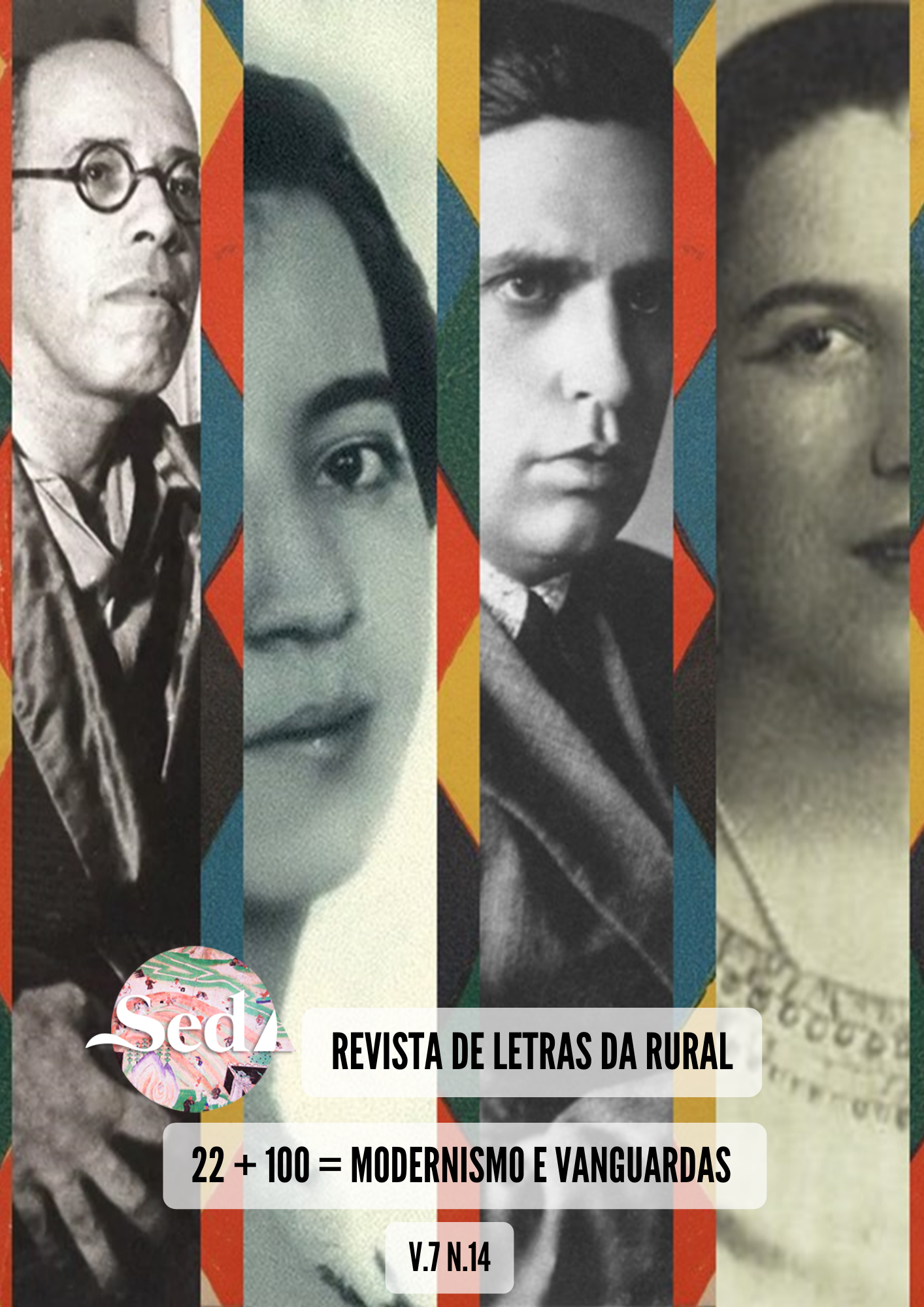“A heap of broken images” in a “waste land” – one hundred years of the great modernist poem
Keywords:
modernism, poetry, t. s. eliotAbstract
In 2022, centennials like the Brazilian Modern Art Week and the publication of James Joyce's Ulysses and T.S. Eliot's The Waste Land sparked reflections on their impact. Focusing on Eliot's poem, this article explores its continued relevance, emphasizing its fragmented nature as profoundly revealing. Eliot's poetic career, influenced by symbolists, imagism, and metaphysical poetry, integrates diverse traditions into an original style. The Waste Land, a masterpiece, delves into the human condition in the modern metropolis, portraying urban decay, fragmented imagery, and disillusionment. Eliot's aim, according to critic Russell Kirk, is to restore lost moral imagination. The poem, resembling a modern Babel, incorporates multilingual and multicultural references, questioning whether meaning and unity can be found amidst the diversity. Eliot's portrayal of a desolate landscape, especially regarding sexuality, reflects cultural and religious crises, symbolizing the decay of Western civilization.


